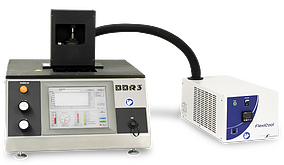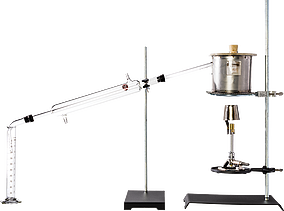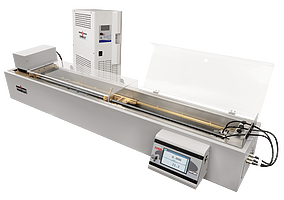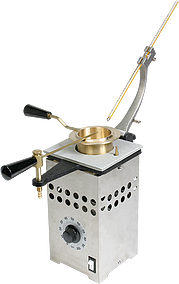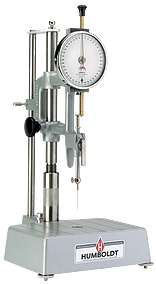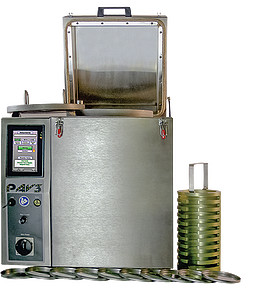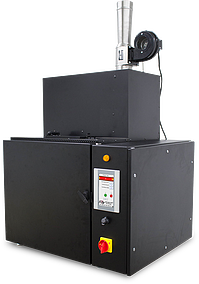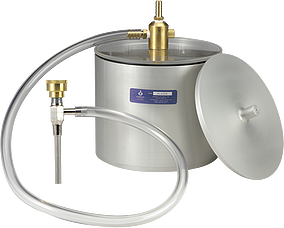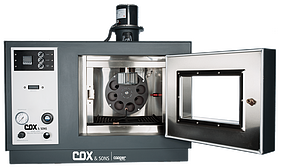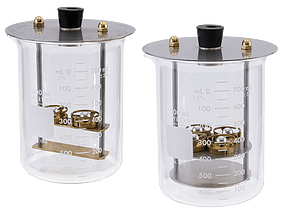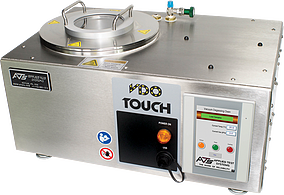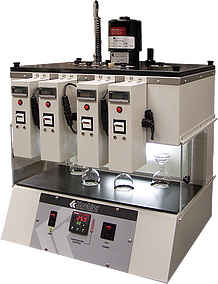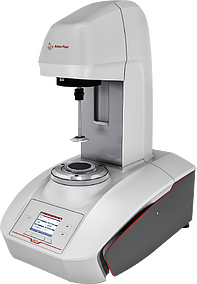Asphalt Binder Testing
Asphalt binder tests are used to determine the asphalt binder content of hot mix asphalt (HMA). Asphalt binder content influences many elements of HMA mixture performance such as strength, durability, stiffness, rutting, and moisture damage. Because of this, binder testing is vital for HAS quality control, specification acceptance, and overall mixture evaluation. Asphalt Binder testing typically involves performing tests for physical properties of paving materials such as flow; deformation; fracture; strength; stiffness, and ductility and how changers in binder composition affect these properties. This involves characterizing the behavior of paving materials such as asphalt binder and fine aggregate mastic containing asphalt binders.
The asphalt content and gradation test can be used for HMA quality control, acceptance testing or forensic analysis. Typical test methods include solvent extraction and ignition furnace evaluations. Each method offers a way to determine asphalt content and aggregate gradation from an HMA sample. Asphalt binder is the cement component of asphalt concrete that holds the aggregate together. The proper ratio must be used in order to ensure that the mix is the right consistency for its application. It creates flexibility within the construction process and high-grade asphalt solutions.
A variety of different binder tests are used depending on testing needs. With many applications, these tests are extremely versatile. Humboldt provides a wide-range of asphalt binder testing solutions to serve numerous test methods. These methods are listed below:
Test Method Standards
| AASHTO M 320 |
Performance-Graded Asphalt Binder |
| AASHTO M 332 |
Performance Graded Asphalt Binder (MSCR) |
| AASHTO R 28 / ASTM D6521 |
Accelerated Aging Using PAV |
| AASHTO R 92 | Evaluating Elastic Behavior of Asphalt (MSCR) |
|---|
| AASHTO T 44 / ASTM D2042 | Solubility Test |
|---|
| AASHTO T 48 / ASTM D92 | Flash by Cleveland Open Cup |
|---|
| AASHTO T 49 / ASTM D5 | Flash Point by PMCC |
|---|
| AASHTO T 51 / ASTM D113 | Ductility Test |
|---|
| AASHTO T 53 / ASTM D36 | Softening Point |
|---|
| ASTM D93 | Flash Point by PMCC |
|---|
| AASHTO T 202 / ASTM D2170 | Viscosity by Vacuum Capillary Viscometer |
|---|
| AASHTO T 228 / ASTM D70 | Specific Gravity by Pycnometer |
|---|
| AASHTO T 240 / ASTM D2872 | Rolling Thin Film Oven (RTFO) |
|---|
| AASHTO T 300 | Force Ductility |
|---|
| AASHTO T 301 / ASTM D6084 | Elastic Recovery by Ductilometer |
|---|
| AASHTO T 313 / ASTM D6648 | Bending Beam Rheometer (BBR) |
|---|
| AASHTO T 315 / ASTM D7175 | Dynamic Shear Rheometer (DSR) |
|---|
| AASHTO T 316 / ASTM D4402 | Rotational Viscosity (Brookfield) |
|---|
| AASHTO T 350 / ASTM D7405-20 | Multiple Stress Creep Recovery (MSCR) |
|---|
| ASTM D7173 | Separation Tendency of Polymer |
|---|
| ASTM D7643 | Determining Continuous Grading Temperature & Grades |
|---|
Asphalt testing equipment for binder testing includes the following products available here from Humboldt:
Bending Beam Rheometer Testing works to measure low temperature flow properties of asphalt binders. These BBR machines indicate an asphalt binder’s ability to resist low temperature cracking by measuring stiffness within the mix.
Distillation Testing is utilized to assess residue content in asphalts. These tests are used to check compliance with standards in projects as well as for mix design.
Ductility Testing determines asphalt binder ductility or ability to stretch without breaking. By using a ductilometer or ductility machine, these tests indicates how well the sample will elongate under traffic pressure.
Flash Point and Fire Point Testing are conducted to know the temperature at which an asphalt binder becomes vaporized into a flammable gas. It may also be used to determine when the asphalt flashes or spark. This parameter is established by a flash point tester and useful in determining asphalt’s volatility and fire resistance.
Penetration Testing provides precision penetration measurements and can be used with a variety of materials. It ultimately is an empirical way to measure asphalt consistency and classify them accordingly. Using a penetrometer, this test is able to assess the hardness of an asphalt binder.
Pressure Aging Vessel (PAV) Testing is utilized to test an asphalt binder’s physical property by stimulating long term age. In this test, asphalt binders are exposed to heat and pressure to artificially display aging over a 7 to 10-year period. mimicking real-life oxidation.
Rice Testing defines the theoretical maximum specific gravity of asphalt specimens. By removing air voids from an HMA sample, the specific gravity of the remaining aggregate and asphalt binder is tested.
Rolling Thin Film Oven (RTFO) Testing is used to stimulate the STA processes of semi-soft asphalt binder coating on aggregates during mixing. This machine is employed to measure the effects that both heat and forced air have on binders during the mixing process and placement.
Softening Point Testing is primarily used as a consistency check for modified asphalt and involves the examination of mixes using a ring and ball method. This test works to quantify the temperature at which an asphalt binder achieves a specified degree of viscosity.
Viscosity Testing of asphalt binders acts to evaluate its resistance to deformation. While this type of testing can take place in many forms including absolute viscosity, kinematic viscosity and rotational viscosity, it ensures that an asphalt mix will be capable of withstanding road conditions.
Viscometer and Rheometer Testing Viscometer and Rheometer Testing determine the flowability and viscosity of asphalt binders. In addition, these machines are also able to validate yield stress in a sample.
For more detailed information about Marshall Testing, please visit our Asphalt Marshall Testing landing page. If you have questions or need help selecting equipment, please call us at 1.800.544.7220 or use our Ask Humboldt form.


![]() or use
Ask Humboldt
or use
Ask Humboldt
![]()
